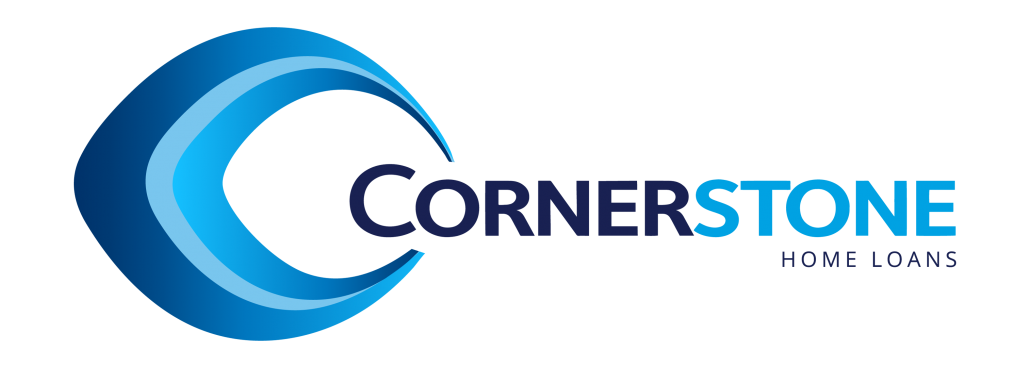Refinancing to pay ATO debt
There are lenders that will consider ATO debt
All Australians are required to lodge a tax return each financial year, but for the self-employed, this is complex and time-consuming, so it often doesn’t get done on time.
In addition, many people make mistakes on their tax returns which can come back to bite them years later.
Have you got a large debt with the tax office? Read on to find out how you can refinance your tax bill and consolidate your mortgage.
Can I refinance my tax debt?
Yes, you can.
You probably already know that most banks will not approve a loan to refinance an outstanding tax bill from the Australian Taxation Office (ATO).
However, we can help you borrow up to 90% of the value of your property (90% LVR) with a specialist lender if you meet the following criteria:
- Security: You must already own real estate, which can be used as security for the loan.
- 85%-90% LVR: The tax debt plus your current mortgage must be less than 90% of the value of your property when combined. One of our lenders can do a 95% LVR tax debt refinance; however, the lending criteria are stricter.
- Late repayments: If you are overdue with your repayments or have a bad credit history, then you must have a reasonable explanation.
- Income evidence: You must be able to prove that you can afford the new mortgage using payslips, BAS, tax returns, bank statements and/or an accountant’s letter. Low doc loans are available on a case by case basis.
What are the benefits of refinancing your tax debt?
Paying your ATO tax debt off by refinancing allows you to:
- Avoid high-interest rate debts such as business loans.
- Manage your finances and cash flow better by consolidating your tax debt and other debts (if any) by rolling them into a single mortgage repayment.
- Keep your credit file clear since overdue ATO tax debt now appears on your credit file. Having an adverse listing on your credit file can also make it difficult to qualify for good interest rates in the future.
- Save on interest paid on the ATO tax debt. The interest rate paid on your tax debt is the general interest charge (GIC), which stands at 7.01% p.a. for April – June 2021. Generally, home loan interest rates even with specialist lenders, are significantly lower than the GIC rate.
However, taking out a tax debt loan has some disadvantages:
-
- There are fees and charges associated with taking out a tax debt loan.
- You are taking out another loan to cover the outstanding debt.
Tax debts can now be recorded on your credit file!
The Australian Taxation Office (ATO) announced that it would start recording tax debt defaults on the credit files of business owners from 1 July 2017.
Tax debt affects thousands of Australian businesses, so this a major change!
Having a tax debt default recorded on your credit file can reduce your borrowing power or ability to qualify for a home loan in the future as it will stay on your credit file for 5 years.
At the moment, the ATO will only disclose tax debt information to credit reporting agencies like Equifax (used to be Veda Advantage) if a business:
-
-
- has an Australian Business Number (ABN);
- has a tax debt in excess of $100,000; and
- has a tax debt that is at least 90 days overdue and the business hasn’t contacted the ATO to manage the debt.
-
Having a tax default registered on your credit report can significantly reduce your credit rating, which in turn reduces the number of lenders who will consider your loan, and may mean you pay a higher interest rate.
For this reason, it’s always best to stay in contact with your accountant and the ATO and try to meet the obligations of any payment plan that you have made with them.
Discuss your situation with your accountant so you can maintain communication with the tax office.
If refinancing your tax debt is an option, speak to our mortgage brokers about it so we can help find you a solution.
Managing your tax debt with the ATO
Interestingly, ATO is considered the fifth-largest SME (small and medium-sized enterprises) bank in Australia because small businesses have utilised their tax debt as a form of working capital over the years.
Many SMEs are managing their cash flow by delaying payment of their tax bill and entering into ATO’s payment plan.
SMEs with an income tax bill or business activity statement amount of $100,000 or less can enter into ATO’s payment plan via their online services.
You can do this by logging in using your myGov account linked to ATO (available for Individuals/sole traders only) here.
Generally, SMEs entering into ATO’s payment plan will need to:
-
-
- pay at least 10% of their tax debt within 7 days from the start date of your payment plan
- payout the debt plus interest within 2 years
- pay the general interest charge (GIC) rate on their tax debt. The GIC rate for the for April – June 2021 quarter is 7.01% p.a. This rate is reviewed quarterly.
-
The ATO payment plans differ according to your level of debt and your business structure.




